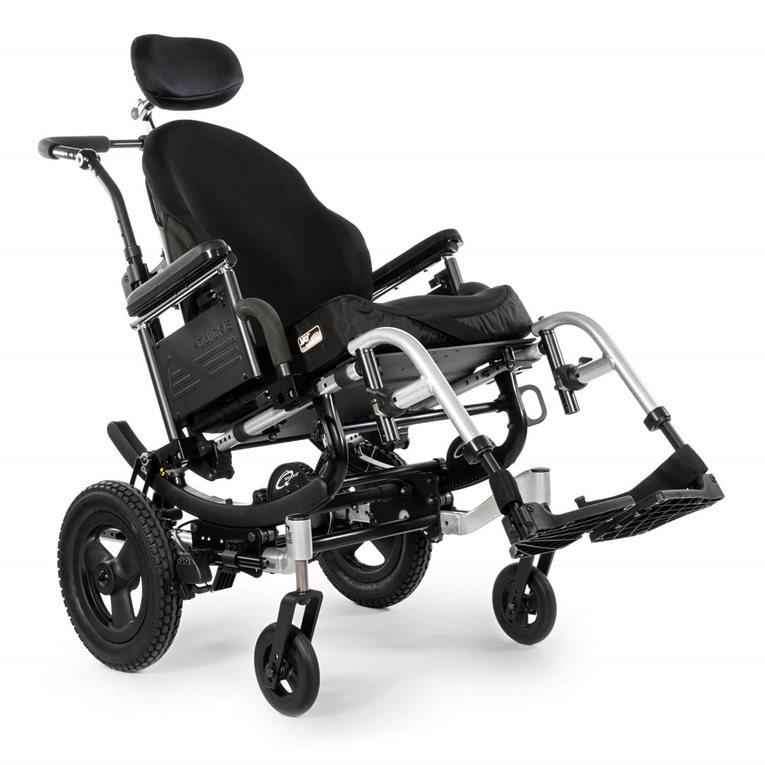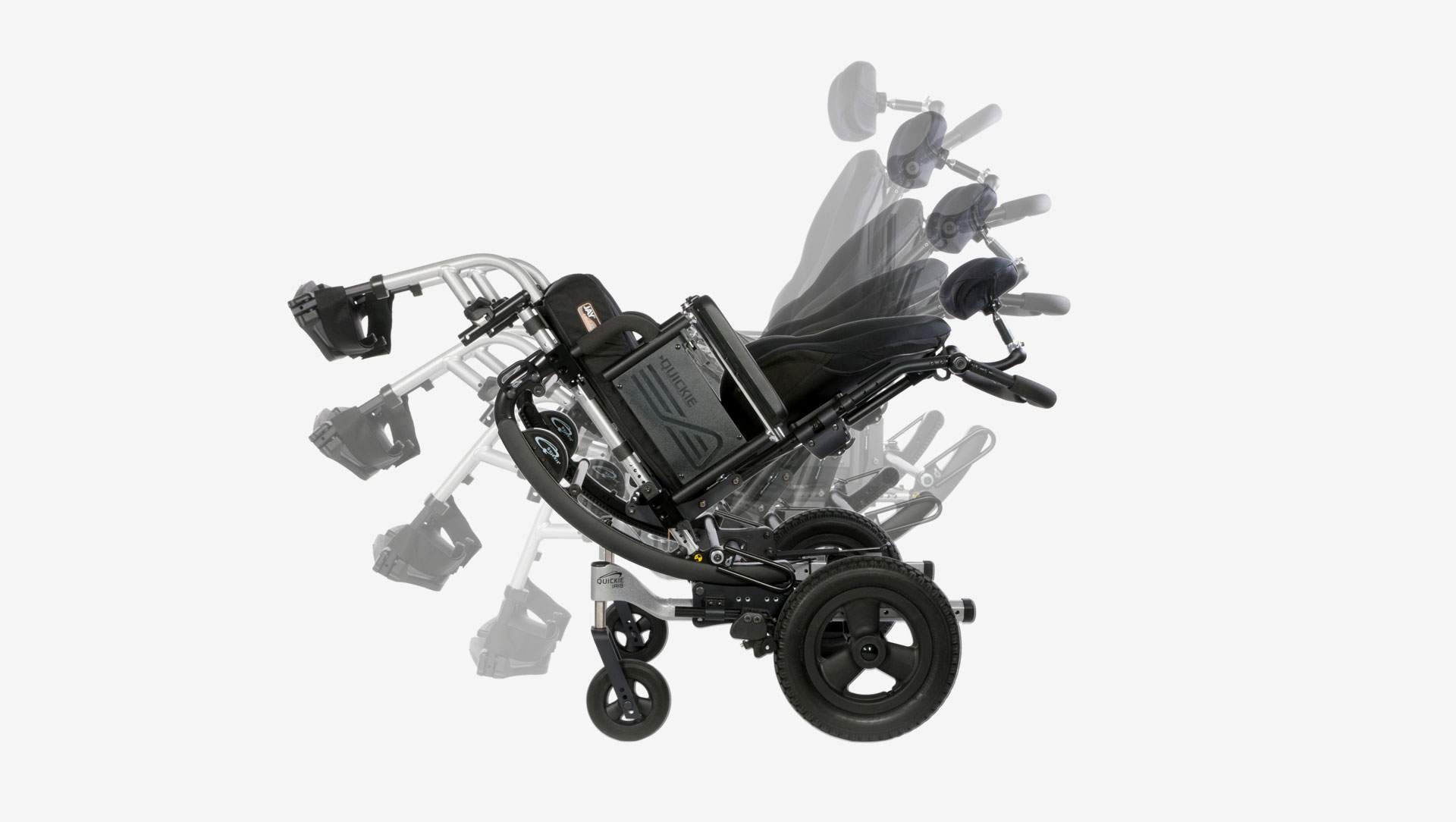To Tilt or Not to Tilt: The Benefits of Tilt in Space Wheelchairs
by Admin
Posted on 13-06-2023 10:26 AM

If your body has some weakness from a neuromuscular disease, you probably experience fatigue. “the tilt-in-space feature decreases the effects of gravity throughout the body, which allows the individual to use less energy to sit upright,” penny says. This leaves you with more energy to participate in tasks of daily living and
activities you enjoy. Tilting also combats the effects of neck muscle weakness by giving your neck a break from holding itself up. It helps with lower extremity positioning, benefits upper body support, and
reduces swelling in feet, ankles, and
calves.
Tilting also combats the effects of neck muscle weakness by giving your neck a break from holding itself up. It helps with lower extremity positioning, benefits upper body support, and
reduces swelling in feet, ankles, and
calves.
Consortium for spinal cord medicine, pressure ulcer prevention and treatment following spinal cord injury: a clinical guideline for health-care professionals 2nd. Ed. , 2014. Dicianno, b. E. , lieberman, j. , schmeler, m. R. , souza, a. E. , cooper, r. , lange, m. ,. Jan, y. (2015). Rehabilitation engineering and assistive technology society of north america's position on the application of tilt, recline, and elevating legrests for wheelchairs literature update. Assistive technology,27(3), 193-198. Jan, y. , liao, f. , jones, m. A. , rice, l. A. , & tisdell, t. (2013). Effects of durations of wheelchair tilt-in-space and recline on skin perfusion over the ischial tuberosity in people with spinal cord injury. https://www.rehab.research.va.gov/jour/08/45/7/pdf/ding.pdf
Many different types of wheelchairs are available on the market. However, tilt-in-space wheelchairs ( manual or powered ) offers a wide variety of benefits to certain consumers which cannot be obtained by a traditional seating system without the ability to force a weight shift by tilting. Throughout the day, people keep changing their positions. They sit up, tucking their feet under the chairs for some time, and then they slouch and stretch their legs out. Tilt systems have traditionally been used by clients who require pressure relief. However, they are beneficial in many other ways as well. Here are 12 physiological benefits of a tilt-in-space wheelchair.
Is tilting for me?
Justification:
this agreement is entered into on the effective date listed above by and
between freedom mobility and
client as listed above (hereinafter referred to as renter). Whereas, freedom mobility desires to engage renter and
renter desires to accept engagement by freedom mobility as a renter of rental unit under the terms and
conditions of this rental agreement. The parties agree as follows:
the rental agreement shall be on a monthly / weekly basis and
will commence on the day of pick up / delivery. All rentals are on a “auto pay” basis. Credit card must be on file, and
will be charged on the due date.

The purpose of this study is to determine the potential effectiveness of tilt-in-space and /or recline for pressure relief. Data collected over a 10 to 14 day period will provide information including: how often wheelchair users access tilt-in-space and /or recline functions per hour or per day; the most common tilt and /or recline angles, and the percentage of time spent in these angles; the collected data will help determine how often and for how long wheelchair users with tilt-in-space and /or recline achieve a position known to cause at least a 10% and 20% decrease in peak pressure in an hour. It is hypothesized that users will spend more time in a tilted position than in an upright position during the day.
Tilt should be considered when clients: are unable to independently weight shift are unable to maintain pelvic, thoracic, or head position balance against gravity for prolonged periods are at risk of respiratory and digestive complications require a change of position with reduced risk of extensor spasticity.